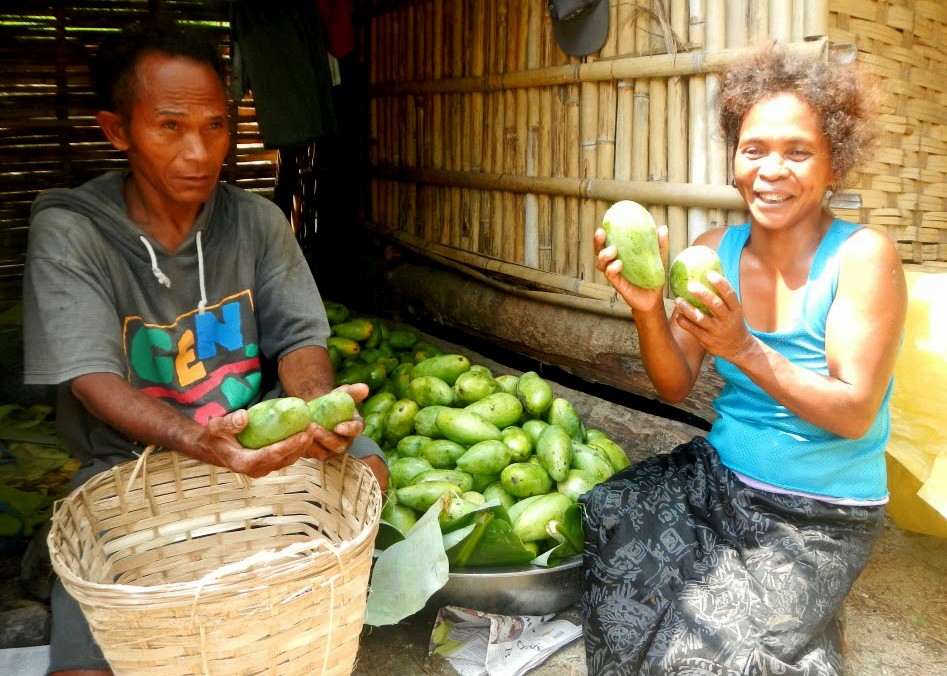Songs of Rivermaya like “Liwanag Sa Dilim” reverberated before a huge crowd at the municipal grounds of Jordan, in the Philippine province Guimaras as the highlight of this year’s Manggahan festival.
Liwanag sa Dilim (light in the Darkness) is an inspirational song that encourages the protagonist to bring hope to those around him, like a beacon in the storm. He/she is urged to stand up and be the guiding light to others into a brighter future.
It challenges the listeners to sing a new song – to rewrite history and open up new paths.
The song was associated with the campaign of former vice president Leni Robredo and Kiko Pangilinan during the 2022 presidential race.
In Guimaras, Robredo garnered 66,071 votes while President Ferdinand “Bongbong” Marcos Jr. had 25,792 votes. Pangilinan received 52,982 votes while Sara Duterte, who won vice president, had 25,537 votes.
Guimaras, formerly known as Himal-os, was a sub-province of Iloilo until it was made an independent province on May 22, 1992.
According to legends, the island province has two inhabitants – Guima and Aras – who were lovers. The couple went swimming and never returned. Thus, in their honor, Himal-us was changed to Guimaras by the pre-Spanish Ilonggos.
On August 11, 2006, the oil tanker M/T Solar 1, hired by Petron Corporation, sank off the coast of Guimaras spilling more than 2.1 million liters (about 555,000 gallons) of bunker fuel.
It is still known as the worst oil spill in the Philippines’ history. The oil that contaminated the water was not only devastating for the environment but also for the people and the economy of Guimaras.
Celebrated since 1993, the month-long Manggahan Festival is a cultural, agricultural, and food festivity held every May. It is a celebration of the mango fruit and agriculture that are the key drivers of the province’s local economy aside from tourism.
Guimaras’ mango production comprises 21 percent of Western Visayas’ total production.
With a total of 7,290 mango growers, 60 to 70 percent is contributed by backyard growers while 30 to 40 percent is produced by orchards.
About 70 percent of the production is sold fresh while 30 percent is sold to local processors.
Mango is the country’s national fruit, locally known as “mangga” and scientifically named Mangifera indica L. It is the third most important fruit crop in the Philippines next to banana and pineapple.
There are three well-known varieties of mango in the Philippines: Carabao mango, Pico, and Katchamita (Indian Mango).
According to the Department of Agriculture (DA), the Philippines ranks 10th among the top producers of mango in the world with a 2.5 percent share in production. Asia accounts for approximately 77 percent of global mango production.
As of 2021, Ilocos Region remains the top mango producer with 124.68 thousand metric tons, contributing 22.4 percent to the national production, followed by SOCCSKSARGEN and Zamboanga Peninsula, which both shared 9.8 percent of the national output.
Carabao mango is a wide variety, with 450.48 thousand metric tons produced from April to June 2021, accounting for 80.9 percent of the total production in the Philippines.
However, the DA noted that the volume of production of mango has significantly deteriorated during the last several years due to increasing cost of production, typhoon, rainfall, insect pests, diseases, and inadequate orchard management. These factors prompted many growers to abandon their mango orchards or use the land for other purposes.
In the 1960s, Dr. Ramon Barba, a Filipino horticulturalist from the University of the Philippines, developed a simple method for inducing early flowering in mango plants. His invention, widely used today, revolutionized the Philippine mango industry, making the crop one of the country’s top export earners.
The highlight of the Manggahan festival is the cultural dance contest among the five towns – Buenavista, Jordan, Nueva Valencia, San Lorenzo, and Sibunag – depicting the abundance of mangoes and the rich fishing community in the island province.
A similar festival centered on mangoes is observed every April in Zambales called Dinamulag Festival which was first held in 1999.
Its name is lifted from the Dinamulag variety of carabao mangoes — damulag as the translation of the word carabao.
Zambales has around 7,500 hectares of mango plantations with more than 5,000 farmers engaged in the industry.
In 1995, the Guinness Book of World Records cited Sweet Elena carabao mangoes grown in Zambales as the world’s sweetest. In 2013, the DA cited Zambales mangoes as the country’s sweetest variety.
In Central Luzon, Zambales had the highest production of mango (36 percent) followed by Nueva Ecija and Bulacan.
In both festivities, the cultural presentations depict the heart-shaped mangoes representing the “golden heart” of every Filipino – meaning that each of us can be the light that guides others to a brighter future.
Atty. Dennis R. Gorecho heads the seafarers’ division of the Sapalo Velez Bundang Bulilan law offices. For comments, e-mail [email protected], or call 09175025808 or 09088665786







